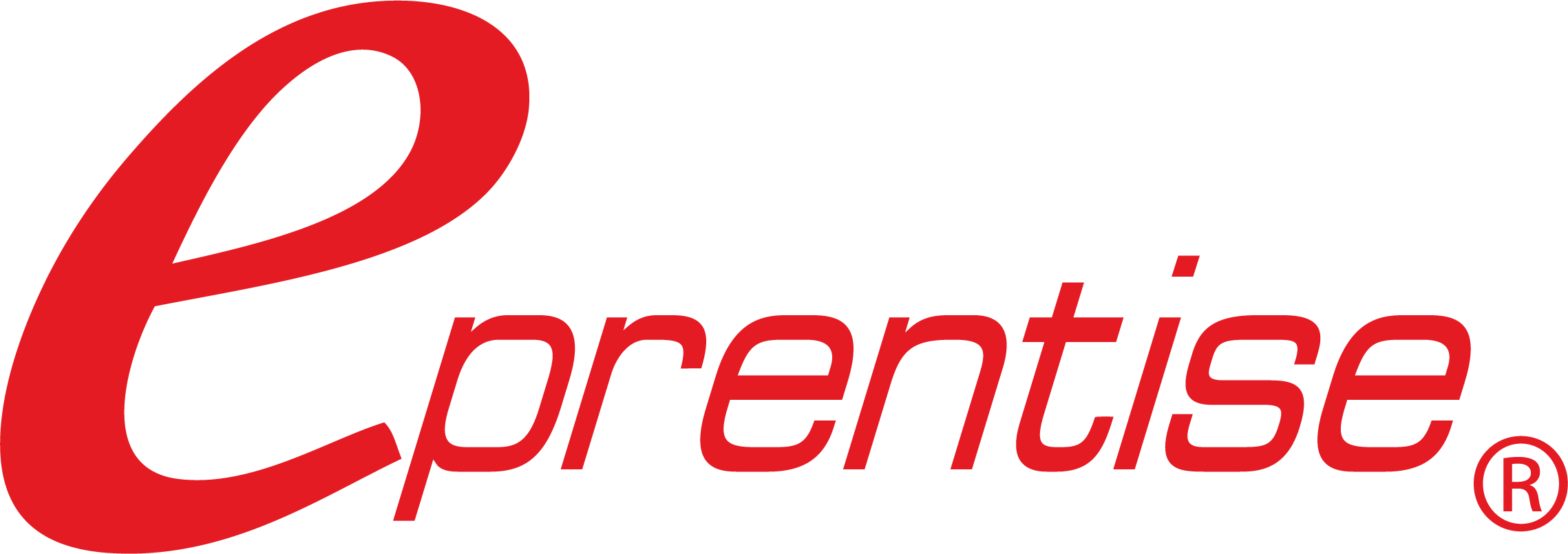Given the option, would you prefer to receive one large lump sum of money right now, or several small but regular payments distributed over many years?
This conundrum is typically associated with lottery winners, and these fortunate few overwhelmingly choose to receive the lump sum – even though their winnings are significantly reduced due to taxes and fees. While the smaller payments would enable the winners to recover as much of the winnings as possible, the logic behind choosing the lump sum is related to the old adage that “a dollar today is worth more than a dollar tomorrow.”
In the case of lotto winnings, who can predict the rate of inflation and how much the value of future payments will be reduced, or whether the lottery will even still exist in twenty years in order to send the payments? Either way, the principle highlights the importance of investing while a financial investment will still retain its value. The same can be applied to IT organizations.
IT organizations are often faced with either regularly paying for the cost of maintenance or investing a lump sum cost for completing beneficial projects. Management certainly would always want everything to do with the company’s technology infrastructure to run smoothly, while they grow distraught when this is not the case. It is difficult to justify project costs when this is the leadership’s pervading attitude. The real root of the problem in cases like this is that any monies budgeted for the IT department are relegated to simply maintaining the current applications, rather than streamlining the enterprise’s ERP system to make it align with the business’s processes.
This cost vs. capacity cycle begins as early as the initial implementation itself. Oftentimes, the company didn’t understand how best to utilize all the features of EBS, and so the original configuration was not scaled to accommodate growth. As time passed, companies which had already made a sizeable investment realized that their businesses had changed to an extent that their instances no longer reflected them accurately.
To meet these challenges, the leadership decided that it is much easier to continue to spend money and effort on reconciling systems with thousands of spreadsheets and custom reports because the money goes out in a slower stream and is less “visible,” doesn’t need approval from stakeholders, and the users have lived with the pain for so long that postponing a solution for a year or two later doesn’t really seem to matter. Rather than investing a lump amount up front to change their applications, companies will choose to dilute this cost over long-term maintenance expenses, which in turn can result in multiple EBS instances, thousands of operating units, and different charts of accounts. It is much more difficult to recognize a return on investment with an ERP structure when dealing with multiple instances or operating units that were configured differently due to requirements for different parts of the business.
Companies don’t realize that they are losing value on the money they are investing as they spread it out over years of ineffective, short-term solutions, which ultimately provide no real value to the company’s infrastructure.
The ERP doesn’t represent the “enterprise” anymore, and the Total Cost of Ownership (TCO) is going up – money is spent on “running” the business, maintaining systems, and developing workarounds to meet changing regulatory and reporting requirements, rather than on innovation and on utilizing the system to get more revenue to the bottom line. One company was spending 40 percent (about $2.5 million) of its application development budget to maintain interfaces between disparate systems, while it could have more aptly used the funds for their original purpose: removing – rather than promoting – silos and disparity. In an E-Business Suite environment, such improvements include consolidating operating units, inventory organizations, or entire instances, or redesigning the current chart of accounts (moving to a single enterprise version) to minimize cross-validation rules, utilize logical ranges, and reduce data entry and spreadsheets.
It is difficult to perceive the value in spending money on a project now rather than maintaining myriad configurations over a longer period of time. However, it may be best to reframe our original example regarding how the lottery winnings are paid out. This time the winner has the option of being paid out a lump sum which can be used to establish a strong financial foundation for his or her future, or they can receive small payments in gradually reducing value which will not effectively changes the winner’s life too drastically in the long run. This is essentially the situation IT finds itself in, but management is the one that needs to realize it. Therefore, it is wiser to develop an effective plan to change current applications and align them with future business requirements, as well as to use the money and effort saved in maintenance to respond to new opportunities and become more competitive in the long term.






